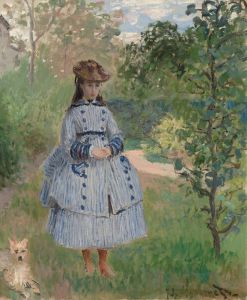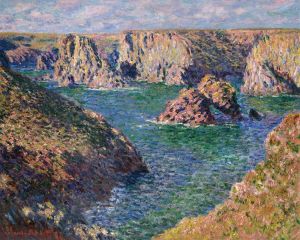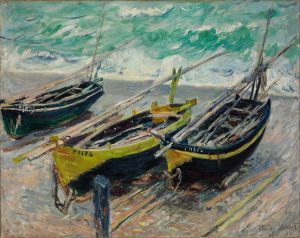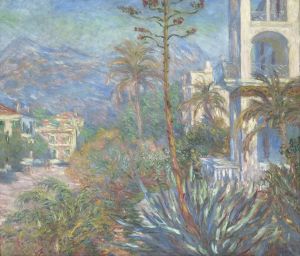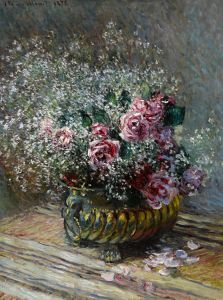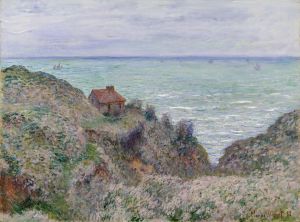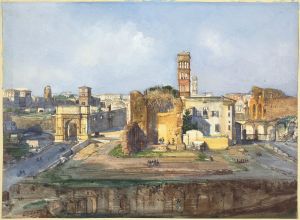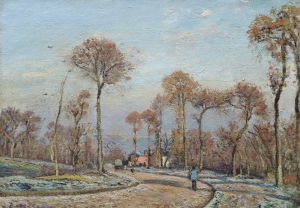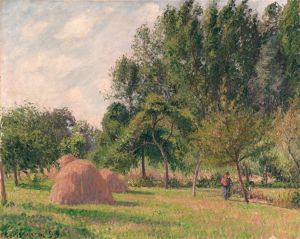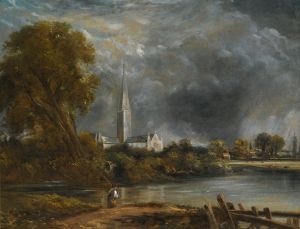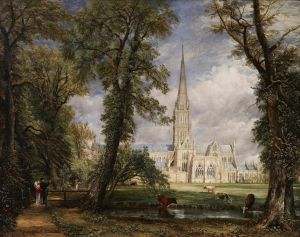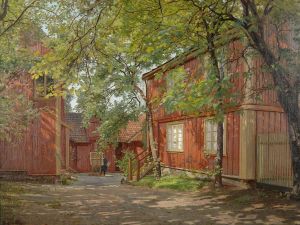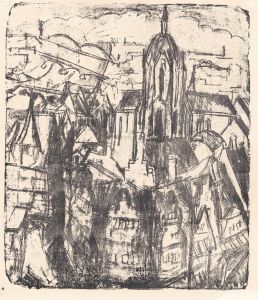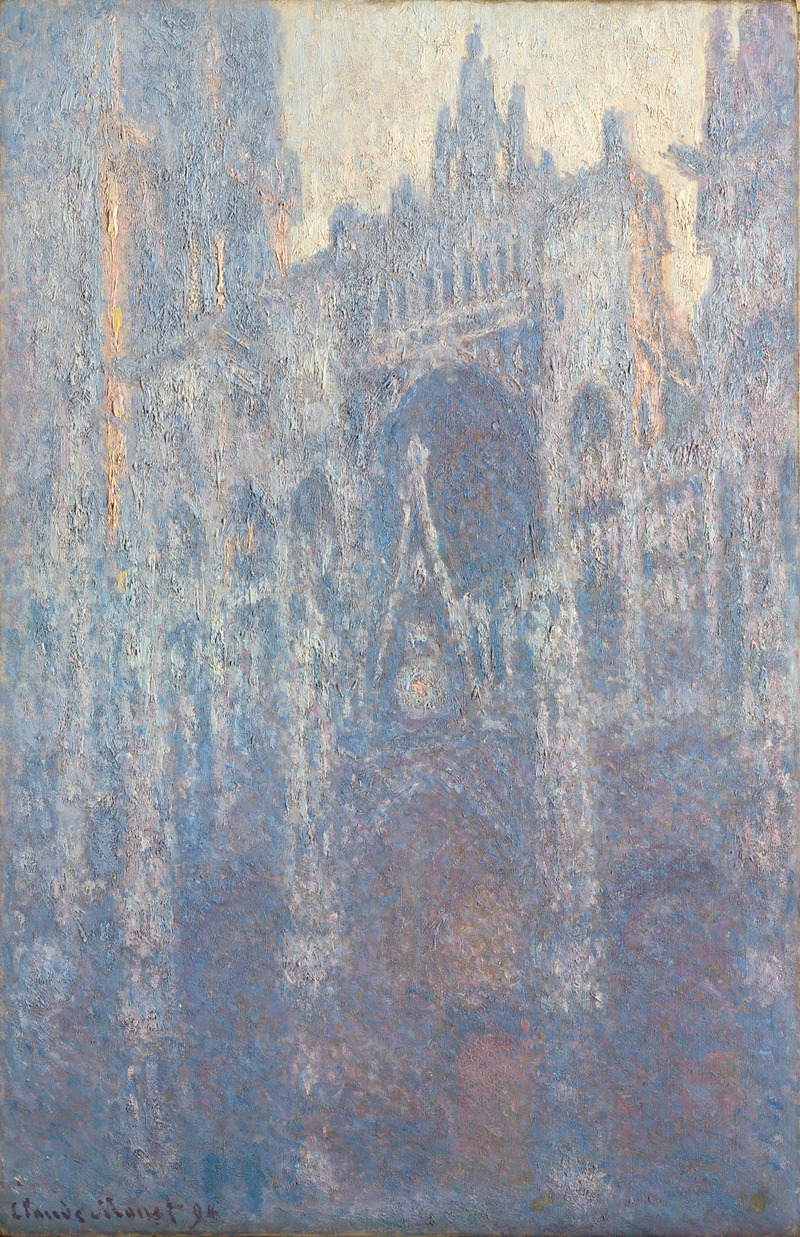
The Portal of Rouen Cathedral in Morning Light
A hand-painted replica of Claude Monet’s masterpiece The Portal of Rouen Cathedral in Morning Light, meticulously crafted by professional artists to capture the true essence of the original. Each piece is created with museum-quality canvas and rare mineral pigments, carefully painted by experienced artists with delicate brushstrokes and rich, layered colors to perfectly recreate the texture of the original artwork. Unlike machine-printed reproductions, this hand-painted version brings the painting to life, infused with the artist’s emotions and skill in every stroke. Whether for personal collection or home decoration, it instantly elevates the artistic atmosphere of any space.
"The Portal of Rouen Cathedral in Morning Light" is one of the paintings from the renowned series by French Impressionist artist Claude Monet, known as the "Rouen Cathedral" series. Monet painted this series between 1892 and 1894, focusing on the façade of the Rouen Cathedral in Normandy, France. The series is celebrated for its exploration of light and color, capturing the cathedral at different times of the day and under various weather conditions.
Monet's interest in the Rouen Cathedral was part of his broader fascination with the effects of light on architecture and landscape, a central theme in Impressionism. The series consists of over thirty paintings, each depicting the cathedral from the same viewpoint but under different lighting conditions. "The Portal of Rouen Cathedral in Morning Light" specifically captures the façade as it appears in the morning, with the light creating a unique interplay of colors and shadows.
Monet rented spaces across the street from the cathedral to set up his easel and work on the paintings. He was meticulous in his approach, often working on multiple canvases simultaneously to capture the changing light throughout the day. This method allowed him to study and represent the transient effects of light with great precision.
The Rouen Cathedral series is significant not only for its artistic achievement but also for its contribution to the Impressionist movement. Monet's work in this series exemplifies the Impressionist focus on capturing the momentary effects of light and atmosphere. The paintings are characterized by their loose brushwork and vibrant color palette, which together convey the ephemeral nature of the scenes.
"The Portal of Rouen Cathedral in Morning Light" and its companion pieces were first exhibited in 1895 at the gallery of Paul Durand-Ruel, Monet's art dealer. The exhibition was well-received, and the series has since been regarded as one of Monet's masterpieces. The paintings are now housed in various museums and private collections around the world, with some of the most notable pieces residing in the Musée d'Orsay in Paris and the National Gallery of Art in Washington, D.C.
Monet's Rouen Cathedral series has been the subject of extensive art historical analysis, with scholars examining the artist's technique, use of color, and the series' place within the broader context of his work. The series is often discussed in relation to Monet's other explorations of light and atmosphere, such as his "Haystacks" and "Water Lilies" series.
In summary, "The Portal of Rouen Cathedral in Morning Light" is a testament to Monet's innovative approach to painting and his dedication to capturing the fleeting effects of light. The work remains a significant example of Impressionist art and continues to be celebrated for its beauty and technical mastery.





